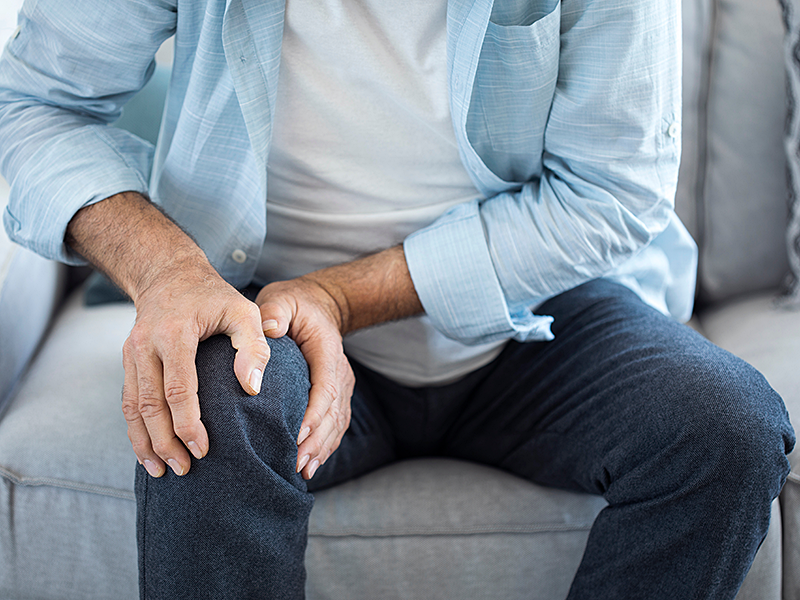If there's a deeper problem, there are treatment options.
 Our joints are the unsung heroes of our mobility, playing a part in every move we make, and joint health is a cornerstone of a full and active life. However, when joint pain sets in, even the simplest tasks, like walking the dog or unscrewing a jar, can become a challenge.
Our joints are the unsung heroes of our mobility, playing a part in every move we make, and joint health is a cornerstone of a full and active life. However, when joint pain sets in, even the simplest tasks, like walking the dog or unscrewing a jar, can become a challenge.
If you are experiencing joint pain, these recommendations can help.
- Rest the affected joint.
- Place an icepack wrapped in a towel on the affected joint for 20 minutes at a time.
- Take an anti-inflammatory painkiller like ibuprofen.
While minor joint pain can resolve on its own, there are symptoms that point to more serious conditions. If you notice these symptoms, it could be caused by an underlying joint issue.
- Pain after heavy exercise or injury. A sprain or stain could be the cause. A sprain is a tear in the ligament or the joint capsule that provides cushioning against an impact, they most often affect an ankle or knee. A strain is an injury to a tendon or muscle, they most commonly affect the calf or hamstring.
- Pain while walking and stiffness after moving. Osteoarthritis could be the cause, especially if you are over the age of 45. It is a degenerative joint disease which causes tissues in the joint to wear down over time.
- Pain and stiffness after resting. Rheumatoid arthritis is a chronic autoimmune disease that causes the immune system to attack join tissues, causes pain and inflammation.
-
Sudden severe pain, usually in the big toe. Gout, the most common type of inflammatory arthritis, causes sharp pangs of pain.
These conditions can worsen without treatment. If you are experiencing these symptoms, consult your doctor. Among the options available are losing weight to relieve stress on the joint; physical therapy; corticosteroid or hyaluronic acid injections to reduce inflammation or provide lubrication, respectively; or surgical interventions, including joint replacement surgery for severely damaged joints.
